The Sensorites Review
My Review (01×07)
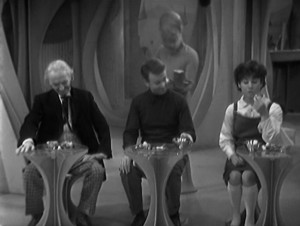 The Sensorites is a story that for the longest time I used to skip. In my earlier days of Doctor Who fandom, I was into the 80’s stuff, and didn’t get a chance to see the Hartnell and Troughton era material until 1986. When I finally did, there was a lot of it at once (given the realities of lost stories at that time). When I did get to see the Hartnell stuff, for some reason, I always blew off the Sensorites – I don’t know why. I did watch it, but my teenage self probably felt bored with this story. When came to rewatch it for this review series, I found a much better story than my memory remembered.
The Sensorites is a story that for the longest time I used to skip. In my earlier days of Doctor Who fandom, I was into the 80’s stuff, and didn’t get a chance to see the Hartnell and Troughton era material until 1986. When I finally did, there was a lot of it at once (given the realities of lost stories at that time). When I did get to see the Hartnell stuff, for some reason, I always blew off the Sensorites – I don’t know why. I did watch it, but my teenage self probably felt bored with this story. When came to rewatch it for this review series, I found a much better story than my memory remembered.
Now, I’m not going to claim it’s one of the greatest stories, because it’s not. But it has a lot of points I wish I had paid attention to earlier. This story has elements that we see many a time later on in Doctor Who, one of which is the society that doesn’t seem too bad, has a nice ruler, but has a subordinate that is power mad, and wants to kill the Doctor and his crew. In fact, even at this point in the show’s history (7th overall story, 31st overall episode), it’s been repeated. It’s a much used plot point.
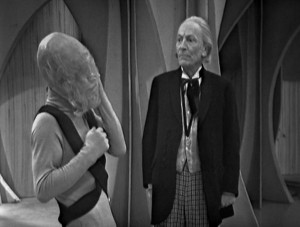 Anyway, the Doctor and his crew land on a spaceship they think is adrift – they find the crew dead, only they turn out not to be. They’re under the power of a race called “The Sensorites”. They are a race with a very odd look. That’s probably down to practical matters of 1964 television, but their face is an odd look, perhaps why I never liked the story in the past. Still, they had some interesting characteristics. They were very sensitive to loud noises, and they were totally blind in the dark – and when that happened, they were also frightened. Kind of like a reverse weeping angel. heh. Anyway, they mostly looked the same, and they were distinguished (to us anyway) by insignia and sashes on their clothing. It marked their rank in their society. Eventually, it’s discovered that a council of elders is on the planet below the ship was orbiting. The Doctor is compelled to help, because the Sensorites have stolen the lock to the Tardis door, and the Doctor can’t get in.
Anyway, the Doctor and his crew land on a spaceship they think is adrift – they find the crew dead, only they turn out not to be. They’re under the power of a race called “The Sensorites”. They are a race with a very odd look. That’s probably down to practical matters of 1964 television, but their face is an odd look, perhaps why I never liked the story in the past. Still, they had some interesting characteristics. They were very sensitive to loud noises, and they were totally blind in the dark – and when that happened, they were also frightened. Kind of like a reverse weeping angel. heh. Anyway, they mostly looked the same, and they were distinguished (to us anyway) by insignia and sashes on their clothing. It marked their rank in their society. Eventually, it’s discovered that a council of elders is on the planet below the ship was orbiting. The Doctor is compelled to help, because the Sensorites have stolen the lock to the Tardis door, and the Doctor can’t get in.
This is a bone of contention over the years – the Tardis lock, keys, and whatnot have changed appearance both visually and with function. It’s been told at times that only certain people can open the doors, and the key has looked more “Gallifreyan” at times, other times it’s a plain old key like you and I would have on our keychains. In this story, the Sensorites just burnt the lock out, preventing the Tardis doors from opening. Granted, it’s very early on in the show’s run, so the future history hadn’t been invented yet. Can’t fault them for that, but it is the first story where the door lock is messed around with.
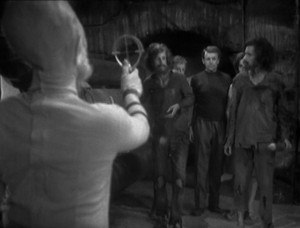 The story moves down to the planet where the Doctor discovers that there’s a sickness, and Ian succumbs to it. The Doctor thinks he was poisoned, and set about trying to save Ian, and also the Sensorites at the same time. It’s during this that the aforementioned “power mad subordinate” comes into play. There’s also a side plot where the Doctor has to go to an aqueduct to look for the source of the poison. Eventually things are sorted out, and the proper bad people are sorted out, the Doctor gets his Tardis lock back..
The story moves down to the planet where the Doctor discovers that there’s a sickness, and Ian succumbs to it. The Doctor thinks he was poisoned, and set about trying to save Ian, and also the Sensorites at the same time. It’s during this that the aforementioned “power mad subordinate” comes into play. There’s also a side plot where the Doctor has to go to an aqueduct to look for the source of the poison. Eventually things are sorted out, and the proper bad people are sorted out, the Doctor gets his Tardis lock back..
I know I’m glossing over a lot here, but if this story does have a fault, it’s that it didn’t really need to be six episodes. Watching them it doesn’t drag too much (Well, a little), but it probably could have been tightened up a lot with two less episodes. Still, as I said above, there’s a lot of bits I like in this story..
First and foremost, is the Susan Foreman character. As we all know, Susan’s original character design was that not of just a teenage girl, but one with a more fleshed out character. That the development didn’t happen is what led Carole Anne Ford to leave the show early on in the second series. This story, however, is one that shows what the character could have been like if they didn’t quickly de-evolve the character into a screaming young girl. Susan in this story showed mental capabilities that she didn’t show before. I never DISLIKED the character of Susan, but generally, she was there to be captured, rescued, etc. She wasn’t like that in this story, so I’d say this is probably her best overall story, except possibly the first episode of Unearthly Child.
I also enjoyed the human character of “John”. I thought his acting of someone whose mind had gone and was on a slow road to recovery was well realized.
Story Facts
- The Doctor: William Hartnell
- Susan Foreman: Carole Anne Ford
- Ian Chesterton: William Russell
- Barbara Wright: Jacqueline Hill
- Episode 1: “Strangers in Space” – June 20, 1964
- Episode 2: “The Unwilling Warriors” – June 27, 1964
- Episode 3: “Hidden Danger” – July 11, 1964
- Episode 4: “A Race Against Death” – July 18, 1964
- Episode 5: “Kidnap” – July 25, 1964
- Episode 6: “A Desperate Venture” – August 1, 1964
- Director: Mervyn Pinfield (Episodes 1-4)
- Director: Frank Cox (Episodes 5-6)
- Script Editor: David Whitaker
- Producer: Verity Lambert / Mervyn Pinfield
- Writer: Peter R. Newman
- Production Code: G
Story Notes
- This is the first story to show a continuous camera shot that started inside the Tardis console room, and followed the characters out the door and into the scene to be played. Given the practical production issues in 1964, it meant constructing the spaceship set right outside the Tardis set. But this was the first to do that. The flip side of this is the first ever Doctor Who story to go the other way, have characters talking outside the Tardis, go in the door, and continue inside the Tardis set was MUCH later – first happed in “The Snowmen”, on Dec 25, 2012. There was a third angle, a sideways shot that tracked the Doctor from the console room out the door into an exterior scene (“The End of Time Pt 1”), but that was just the Doctor, and there was no dialogue.
- The first story where the past television adventures are recalled. The first scene of episode 1 recalls how “it all started out as a mild curiosity in a junk yard”. mentioned the prehistoric caveman stuff form Unearthly Child, The Daleks, Marco Polo, Marinus, & the Aztecs.
- The Doctor refers to himself as human in Episode 2.
- This story refers to his “heart” (as in not having two). Although, the idea of the Doctor having two hearts didn’t come up until 1970 during Jon Pertwee’s first story, “Spearhead from Space”, anyway.
- Russell T Davies said in a Doctor Who confidential episode for “The Impossible Planet” that he wanted the Ood to resemble the Sensorites in a “neighboring cousin” kind of way (my words, not his).
- Episodes 4 & 5 of this story were Jacqueline Hill’s “vacation” time, although Barbara does appear via some inserted footage filmed during other episodes.
- This story was originally called “Mind Control”.
- The actor Stephen Dartnell appears in this story as “John”. He was previously Yartek in “Keys of Marinus”.
- John Bailey played the Commander in this story – he later appeared as Edward Waterfield in “The Evil of the Daleks”, and again as Sezom in “The Horns of Nimon”.
Future References
- This story is referenced in the 2009 episode, “Planet of the Ood” when the 10th Doctor is looking at a star chart for the galaxy the Ood-sphere was in, and he said “I’ve been to this solar system before. Years ago – ages! It’s close to the planet Sense-Sphere”. Sense-Sphere is the planet from the Sensorites.
- Susan describes Gallifrey (then just called “our home”) with almost the same dialogue that is used in the 2007 episode, “Gridlock” when the 10th Doctor describes Gallifrey to Martha Jones.
In Summary
This is a story that I overlooked early on in my “career” of being a Doctor Who fan. While I’d be lying if I said it’s one of the best, it’s better than I remembered, and is definitely worthy of being checked out, if for no other reason than to watch the performances of Carole Anne Ford (Susan) & Stephen Dartnell (John). I thought the sets were well done given it’s 1964, and there was a wide variety of them – it wasn’t just the spaceship. The Sensorites themselves were interesting if not a “great” alien race. Overall, I give it a 7 out of 10.
![]()
![]()
![]()
![]()
![]()
![]()
![]()
External Links
Purchase Links
- Amazon.com DVD
- Amazon.co.uk DVD
- Amazon.com novel
- Amazon.com Book on CD
- Amazon.co.uk Book on CD
- Amazon.com BBC Drama Soundtrack CD
- Amazon.co.uk BBC Drama Soundtrack CD
- Amazon.com VHS


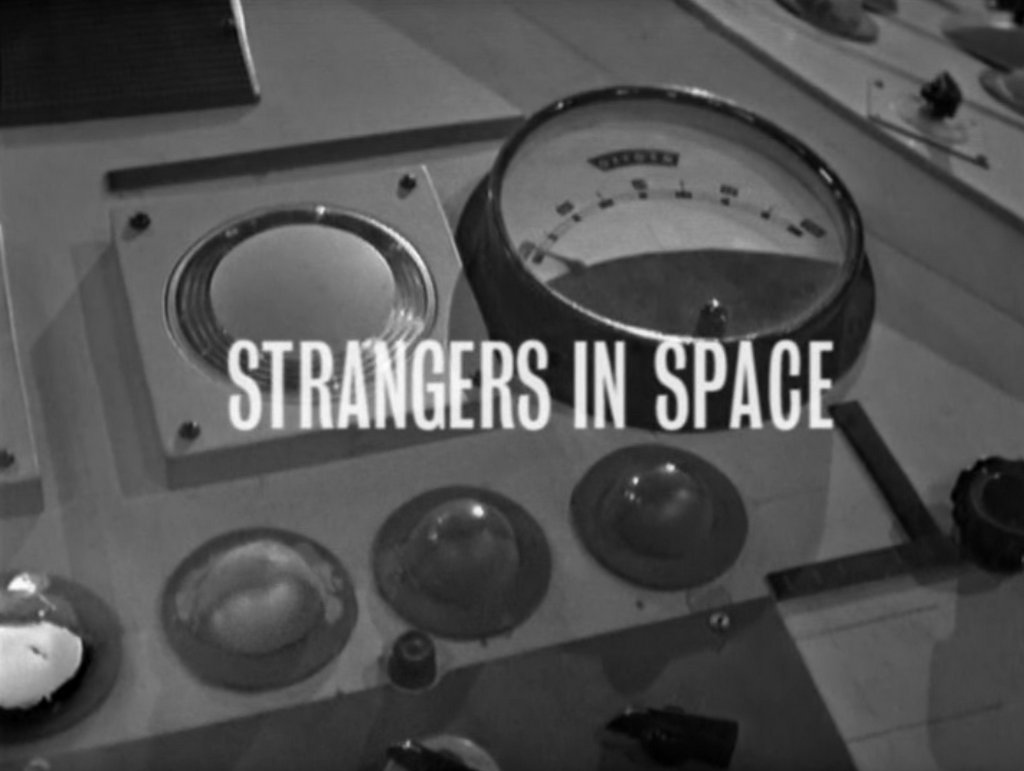

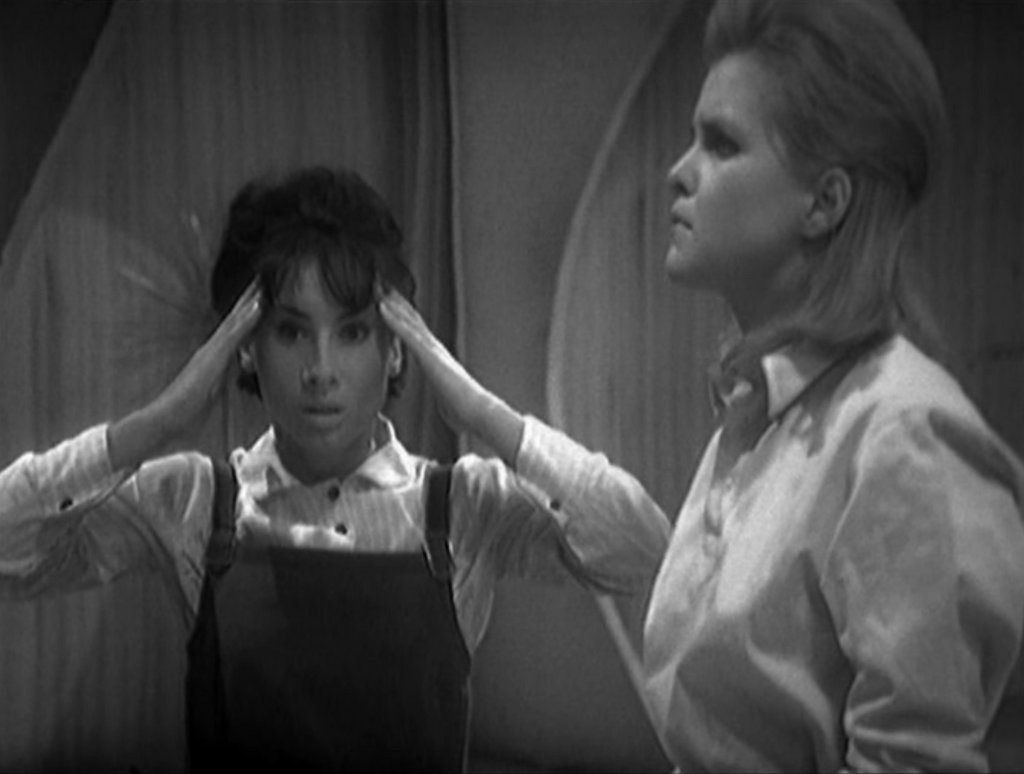
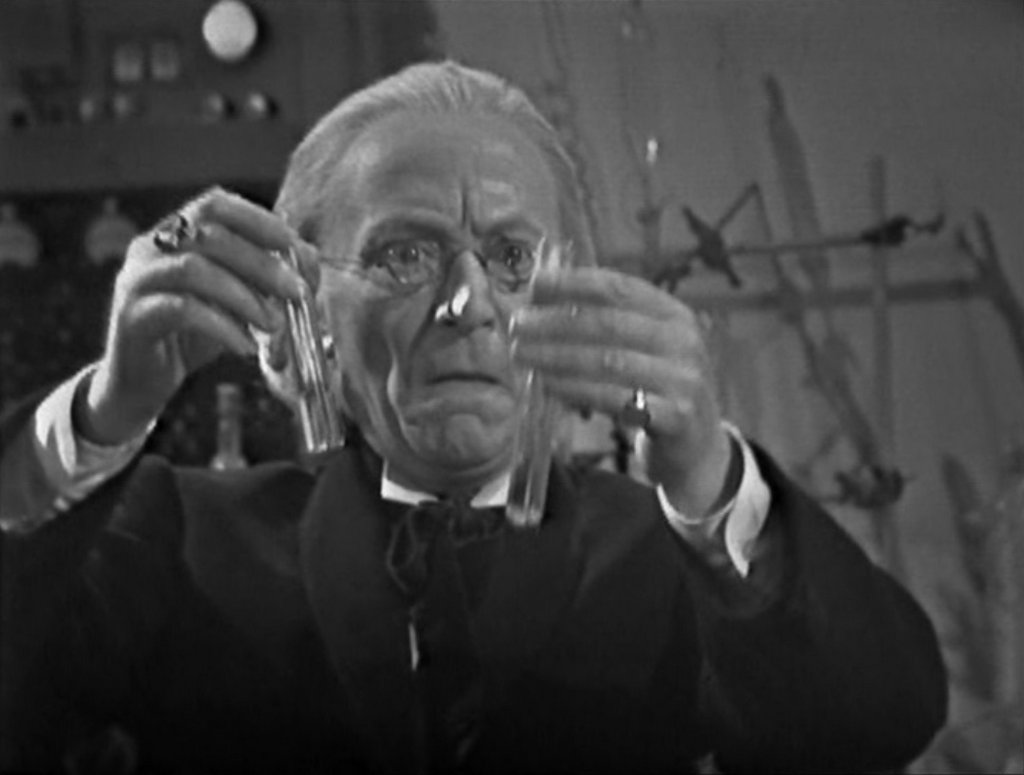
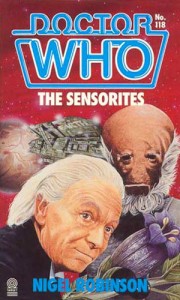
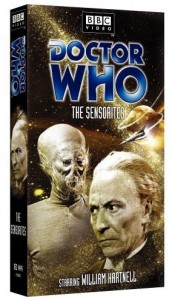
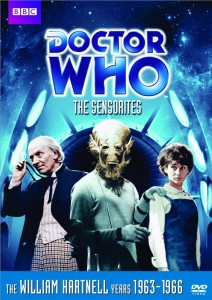
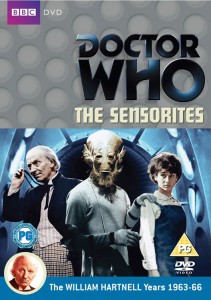
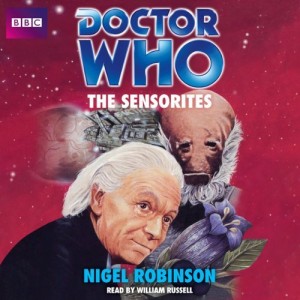
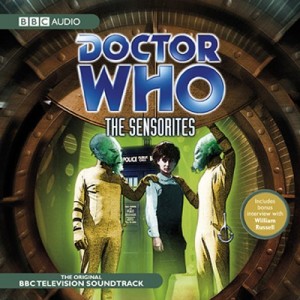
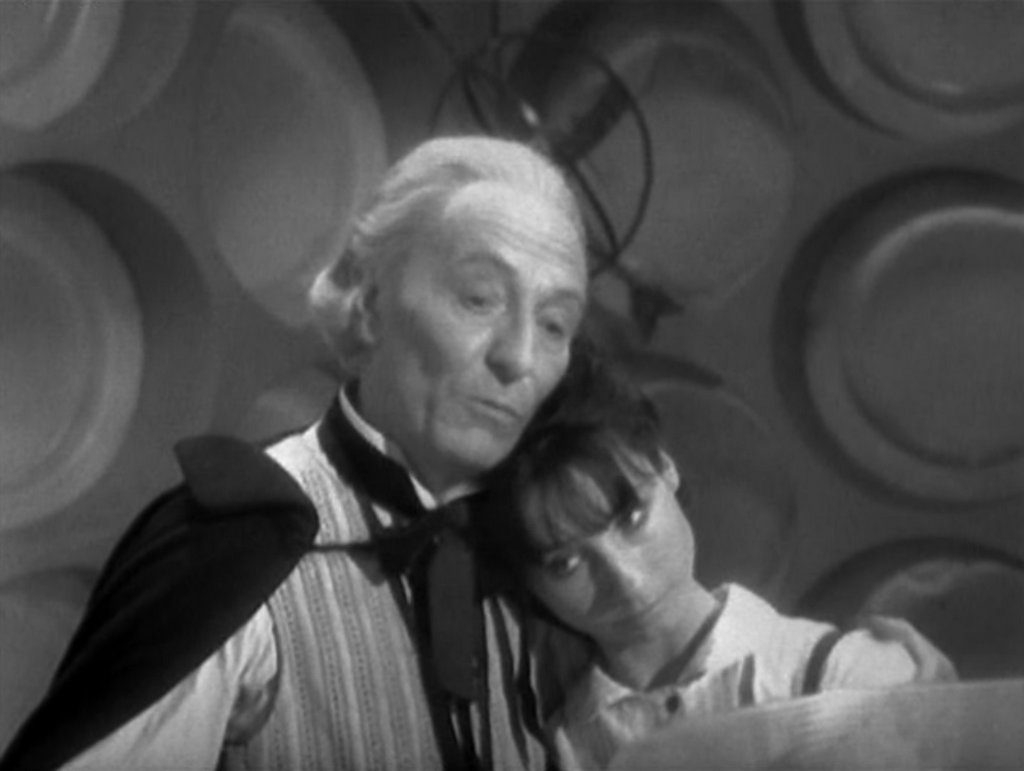
Join the Conversation
THX nice review, very through!!!